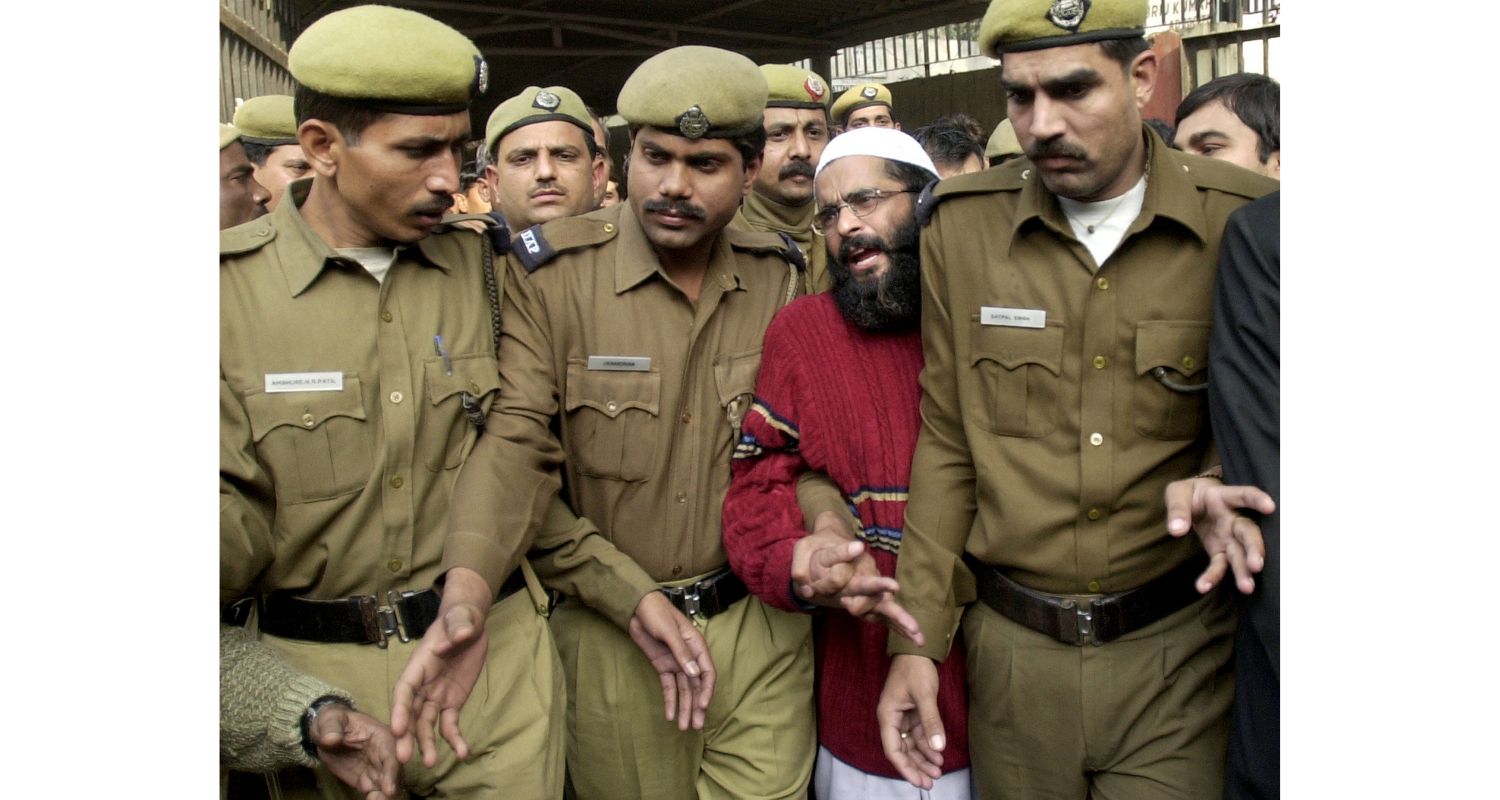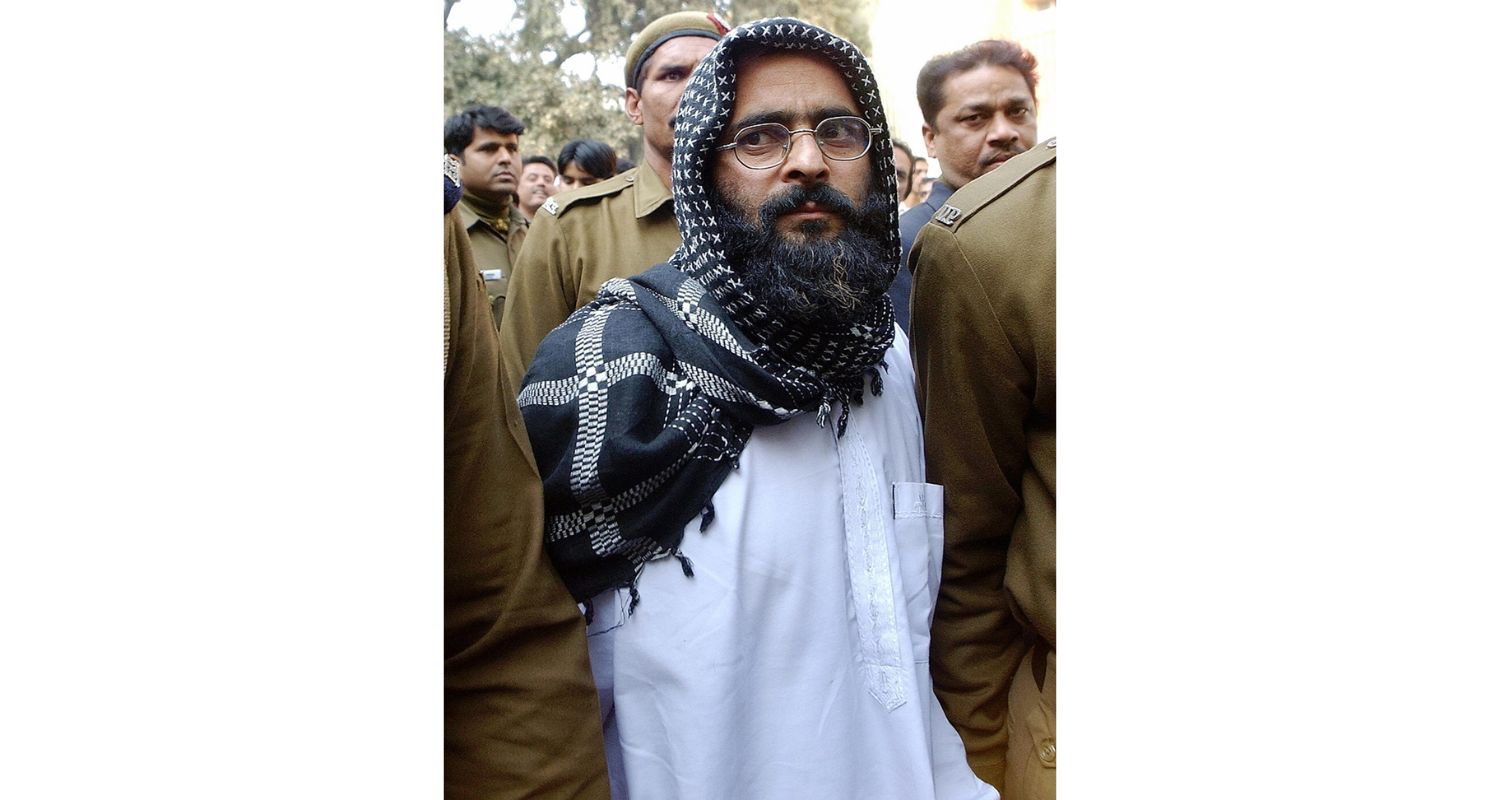The attack on the Indian Parliament on December 13, 2001, was one of the most audacious and horrifying assaults in the country’s history, targeting not only the physical structure of democracy but also the symbolic heart of Indian sovereignty and governance.
It was a day when terror brazenly entered the sanctum of Indian democracy, aiming to deliver a crippling blow to the nation's political system. While the attackers failed to achieve their goals, the chilling proximity to success left an indelible scar on the nation’s psyche.
That morning, as R.K. Anand, a Rajya Sabha member, prepared to enter Parliament, his car came under attack. Gunfire erupted, and a blast followed, plunging the area into chaos. Anand's quick reaction saved his life, but the incident underscored the gravity of the situation.

Within moments, the very corridors of power were under siege by five heavily armed terrorists. Dressed in civilian clothes and equipped with grenades, Kalashnikov rifles, and backpacks loaded with ammunition, the attackers sought to wreak havoc, mock India’s political leadership, and paralyze the country.
The sequence of events was chillingly precise. Using a white Ambassador car bearing a fake Parliament sticker and flashing a red light, the terrorists gained entry to the Parliament complex.
Their car bore scribbled anti-Vajpayee and anti-Advani slogans, signaling their motives. They rammed into another vehicle near the Vice-President's cavalcade, drawing the attention of security personnel. What followed was a brutal exchange of gunfire.
The initial moments of the attack saw CRPF constable Kamlesh Kumari and Parliament House security officer J.P. Yadav lose their lives as they attempted to stop the attackers.

The terrorists then abandoned their car, scaled a wall, and changed into olive-green fatigues before sprinting toward the Parliament building. They aimed for Gate 5, from where the Prime Minister typically entered. Their ultimate objective was clear: to storm the building, inflict maximum casualties, and hold hostages to amplify their propaganda.
Fortunately, the alertness of Parliament security thwarted their plans. Security personnel quickly sealed all entrances to the building, cutting off the terrorists' access.
The attackers were then forced into open combat, where they were neutralized one by one. Three were killed near Gates 8 and 9, another was shot while attempting to climb to the first floor, and the last terrorist blew himself up near the main stairs after shouting slogans in support of Pakistan.
The damage could have been catastrophic. The terrorists' Ambassador car contained 30 kilograms of explosives, intended for a devastating detonation. Their backpacks of dry fruits hinted at a readiness for a prolonged siege.
However, a collision with the Vice-President's car disrupted the wiring of the explosives, rendering them unusable. This, coupled with the swift action of security forces, averted an unimaginable tragedy.
The aftermath of the attack revealed disturbing details. Investigations traced the car to a sale in Delhi’s Karol Bagh just two days before the incident. Intelligence agencies quickly connected the attack to the Lashkar-e-Toiba (LeT), a Pakistan-based terrorist group.
Within 24 hours, two Pakistani nationals linked to the operation were arrested in Delhi. Their interrogation confirmed that the attack was orchestrated across the border.
The political fallout was immediate. The attack galvanized the Indian government to take a tougher stance against Pakistan-sponsored terrorism. Union Home Minister L.K. Advani vowed to eliminate terrorists and their sponsors, while Prime Minister Atal Bihari Vajpayee declared that the fight against terrorism had entered its final phase.
The attack also intensified debates over counter-terrorism laws, with Congress criticizing the inefficacy of the Prevention of Terrorism Ordinance (POTO) while some members of the opposition urged unity in the face of external threats.
For the families of the victims, the tragedy was deeply personal. CRPF constable Kamlesh Kumari’s husband mourned his loss, while others injured in the attack were rushed to hospitals, where medical teams worked tirelessly to save lives.
The sacrifice of the security personnel was honored, and their families were promised compensation. Yet, no amount of recognition could undo the loss they had endured.
The attack on Parliament was a grim reminder of the lengths to which terror groups would go to destabilize India. It highlighted vulnerabilities in security protocols and underscored the resilience of those tasked with protecting the nation’s leaders.
The quick response of security forces prevented the attackers from achieving their deadly objectives, but the scars of the incident lingered long after the shattered glass was replaced and blood stains were cleaned.
December 13, 2001, became a day etched in Indian history—a day when democracy stood resilient in the face of terror.
The Parliament attack not only exposed the threats posed by cross-border terrorism but also demonstrated the courage and determination of those who defend the ideals of the nation. It remains a somber reminder of the fragility of peace and the enduring resolve required to safeguard it.



